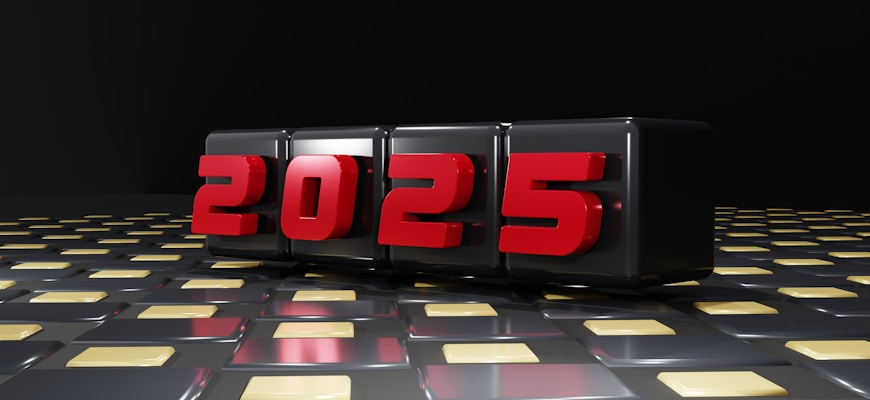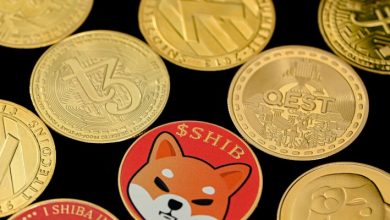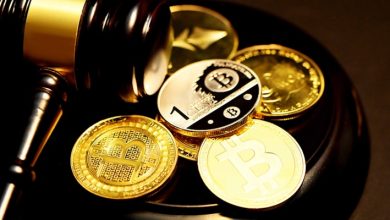The Future of DeFi: Trends and Innovations to Watch

- Understanding DeFi: A Brief Overview
- Emerging Trends in Decentralized Finance
- Innovations Shaping the Future of DeFi
- Challenges and Opportunities in the DeFi Space
- Key Players and Projects Driving DeFi Innovation
- Regulatory Landscape for DeFi: What to Expect
Understanding DeFi: A Brief Overview
Decentralized Finance (DeFi) is a revolutionary concept that leverages blockchain technology to create a more open and transparent financial system. In simple terms, DeFi refers to the use of decentralized networks and smart contracts to provide financial services traditionally offered by banks and other centralized institutions.
Unlike traditional finance, DeFi operates without intermediaries, allowing users to interact directly with each other in a peer-to-peer manner. This not only reduces costs but also eliminates the need to trust third parties with sensitive financial information.
Some of the key features of DeFi include decentralized exchanges, lending and borrowing platforms, stablecoins, and yield farming. These applications enable users to trade assets, earn interest on their holdings, and access a wide range of financial services without relying on traditional institutions.
Emerging Trends in Decentralized Finance
One of the most exciting aspects of decentralized finance (DeFi) is the constant evolution of emerging trends within the space. These trends are shaping the future of DeFi and driving innovation in the industry.
One key trend to watch in the world of DeFi is the rise of decentralized exchanges (DEXs). These platforms allow users to trade cryptocurrencies directly with one another without the need for a centralized intermediary. This trend is gaining momentum as more users seek to take control of their assets and trade in a more secure and transparent environment.
Another important trend in DeFi is the development of decentralized lending and borrowing protocols. These platforms enable users to lend out their cryptocurrencies to earn interest or borrow assets against their existing holdings. This trend is revolutionizing the traditional lending industry and providing new opportunities for users to access liquidity without relying on traditional financial institutions.
Furthermore, the integration of non-fungible tokens (NFTs) into the DeFi ecosystem is another trend to keep an eye on. NFTs are unique digital assets that represent ownership of a specific item or piece of content. By incorporating NFTs into DeFi protocols, users can unlock new possibilities for borrowing, lending, and trading these digital assets in a decentralized manner.
Overall, the emerging trends in DeFi are pushing the boundaries of what is possible within the world of decentralized finance. As the industry continues to grow and innovate, we can expect to see even more exciting developments that will shape the future of finance as we know it.
Innovations Shaping the Future of DeFi
One of the most exciting aspects of the future of decentralized finance (DeFi) is the constant innovation happening within the space. These innovations are pushing the boundaries of what is possible and shaping the future of financial services.
One key innovation shaping the future of DeFi is the rise of automated market makers (AMMs). AMMs are algorithms that facilitate decentralized trading by providing liquidity pools. This innovation has made trading more efficient and accessible to a wider range of users, driving increased adoption of DeFi platforms.
Another important development in the DeFi space is the emergence of decentralized autonomous organizations (DAOs). DAOs are organizations that are governed by smart contracts and operate without centralized control. This innovation is revolutionizing governance structures and allowing for more transparent and democratic decision-making processes within DeFi projects.
Furthermore, the integration of non-fungible tokens (NFTs) into DeFi protocols is another trend to watch. NFTs are unique digital assets that represent ownership of a particular item or piece of content. By incorporating NFTs into DeFi, developers are creating new opportunities for asset tokenization and unique financial instruments.
Overall, these innovations are just a few examples of the exciting developments shaping the future of DeFi. As the space continues to evolve, we can expect to see even more groundbreaking technologies and concepts emerge, revolutionizing the way we think about finance and decentralized systems.
Challenges and Opportunities in the DeFi Space
As the DeFi space continues to grow, it faces numerous challenges and opportunities that will shape its future trajectory. One of the main challenges is the issue of security, as the decentralized nature of DeFi platforms can make them vulnerable to hacks and exploits. However, this challenge also presents an opportunity for developers to innovate and create more secure protocols.
Another challenge in the DeFi space is the issue of scalability, as the current infrastructure may not be able to support the growing number of users and transactions. This challenge opens up opportunities for developers to explore layer 2 solutions and other scaling techniques to improve the efficiency of DeFi platforms.
Regulatory uncertainty is also a significant challenge for the DeFi space, as governments around the world grapple with how to regulate these decentralized platforms. However, this challenge can also be seen as an opportunity for developers to work with regulators to create a more conducive environment for DeFi innovation.
Key Players and Projects Driving DeFi Innovation
The decentralized finance (DeFi) space is rapidly evolving, driven by key players and innovative projects that are pushing the boundaries of traditional finance. These projects are revolutionizing the way we think about banking, lending, and investing, offering new opportunities for users to access financial services without relying on centralized institutions.
One of the key players in the DeFi space is Compound, a decentralized lending platform that allows users to borrow and lend cryptocurrencies without the need for a traditional intermediary. Compound’s innovative protocol has gained widespread adoption in the DeFi community, attracting users looking for efficient and cost-effective ways to access liquidity.
Another important project driving DeFi innovation is Uniswap, a decentralized exchange that enables users to trade cryptocurrencies directly with one another. Uniswap’s automated market-making mechanism has revolutionized the way we think about liquidity provision, creating new opportunities for users to participate in the DeFi ecosystem.
Other notable projects in the DeFi space include MakerDAO, Aave, and Yearn Finance, each offering unique solutions to the challenges facing traditional finance. These projects are pushing the boundaries of what is possible in the DeFi space, driving innovation and creating new opportunities for users around the world.
Regulatory Landscape for DeFi: What to Expect
When it comes to the regulatory landscape for decentralized finance (DeFi), there are several key factors to consider. As this innovative sector continues to grow and evolve, regulators around the world are taking notice and grappling with how to effectively oversee these new financial technologies.
One of the main challenges facing regulators is the decentralized nature of DeFi platforms, which operate without a central authority. This makes it difficult to apply traditional regulatory frameworks, leading to uncertainty and ambiguity in terms of compliance requirements.
However, regulators are beginning to take steps to address these challenges and provide clarity for DeFi projects. In the United States, for example, the Securities and Exchange Commission (SEC) has been increasing its scrutiny of DeFi platforms to ensure they comply with securities laws.
As DeFi continues to gain traction and attract more mainstream attention, we can expect regulators to become more involved in shaping the regulatory landscape for this burgeoning sector. It will be crucial for DeFi projects to stay informed about regulatory developments and adapt their practices to ensure compliance with evolving requirements.



